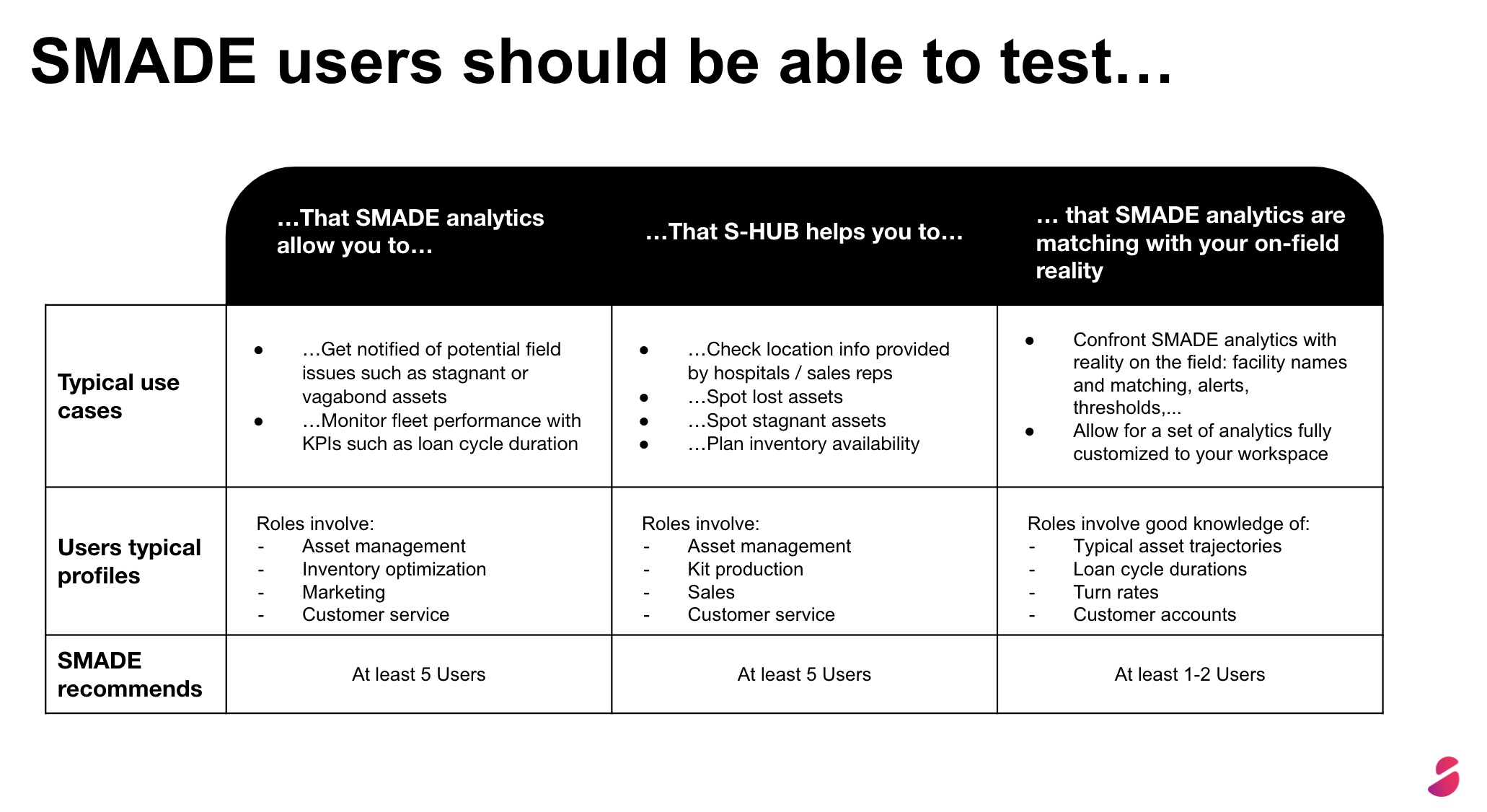Spread the word !
Other posts
How can collective intelligence foster innovation?
A few weeks ago I wrote a post about innovation and how I was so thrilled to be the CEO of an incredibly innovative startup of our time. A pioneer in…
How to predict the future of the healthcare industry without relying on a crystal ball?
SMADE, a solution for cost optimizationWith the healthcare digital transformation comes the proliferation of connected devices and software…
If you love to write about smart healthcare, fill this form to become a writer for ‘In Your hands’.










